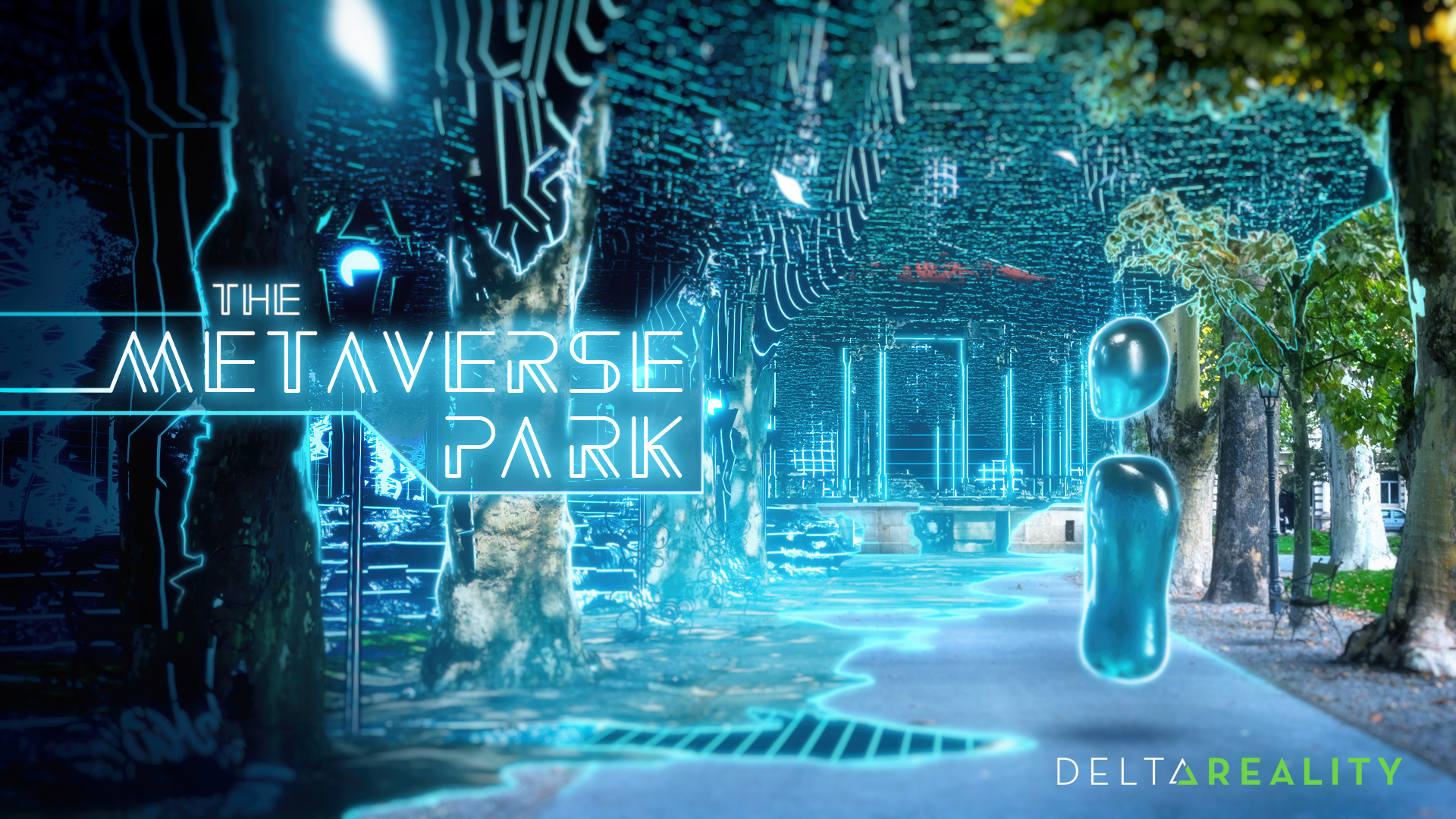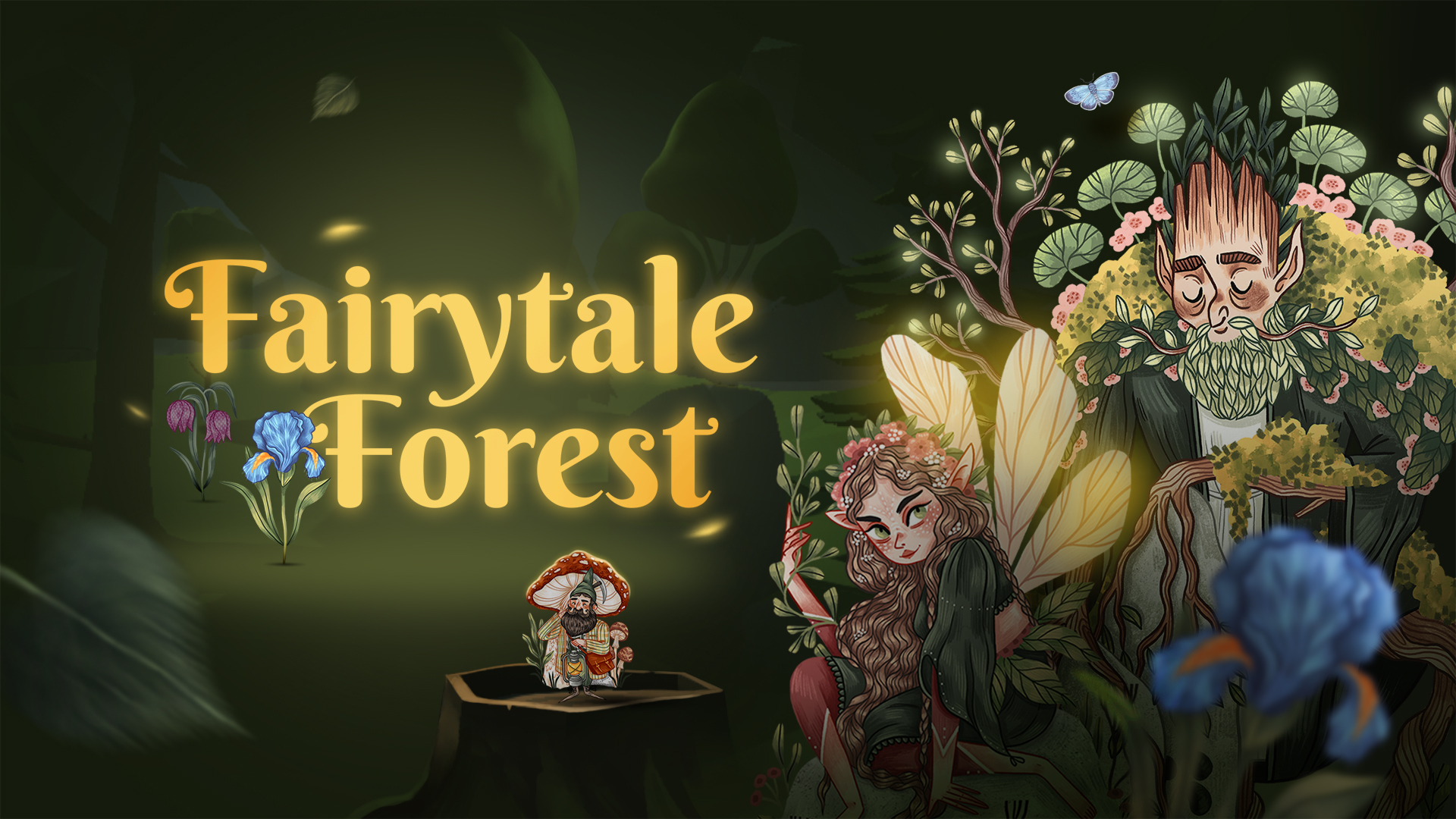
VR Hvar

HVAR ISLAND LOCAL HERITAGE VR ACTIVATION
If you have ever been to the Adriatic part of Croatia, you must have noticed white stone made walls fencing small lots of iron-rich red land, vineyards and olive tree groves. These are the drywalls, created by hard-working inhabitants living of agricultural work. What you maybe didn’t know is the fact that some of these walls, looking like they will fall down any moment, are more than two thousand years old.

However, this is not the only interesting fact about them. For us, the most interesting fact around these walls was the fact that no binding tissue was used to connect them; no mortar, no concrete. What made these walls to stand the tests of time and weather were hours and hours of arduous work by the local population.

The Journey to Discover and Deliver an Engaging Heritage Activity
When approached by “Museum of Stari Grad”, we were tasked to envision and deliver a heritage activity that would be specific for the island of Hvar, the sunniest island in the Adriatic Sea. Since wine, lavender and olive oil making is not specific only to Hvar – we found an activity people of Hvar have started a long time ago, and that was drywall building. We went to Hvar island and walked around tiny dream-like villages, spoke to locals and enjoyed a rather specific local culture.

Discovering Hvar's Drywall-Building Tradition Through VR
In order to create a perfectly immersive experience, we enable the visitor to enjoy 360° views of four small villages on Hvar. After you have been introduced to local sites, you were invited to make drywall of your own in virtual reality. One needs to be careful when working on drywall – since there is no binding agent, sharp rocks can easily fall down and make all your effort go to waste.
We really enjoyed this project – we consider ourselves very lucky to be able to work surrounded by lavender fields while sipping on the local red vine. It does not happen too often. When we received the news from the museum, that visitors are very engaged with the installation while the local population is really happy that we made the experience as close to the local way of building as possible – we knew this was a job well done.



